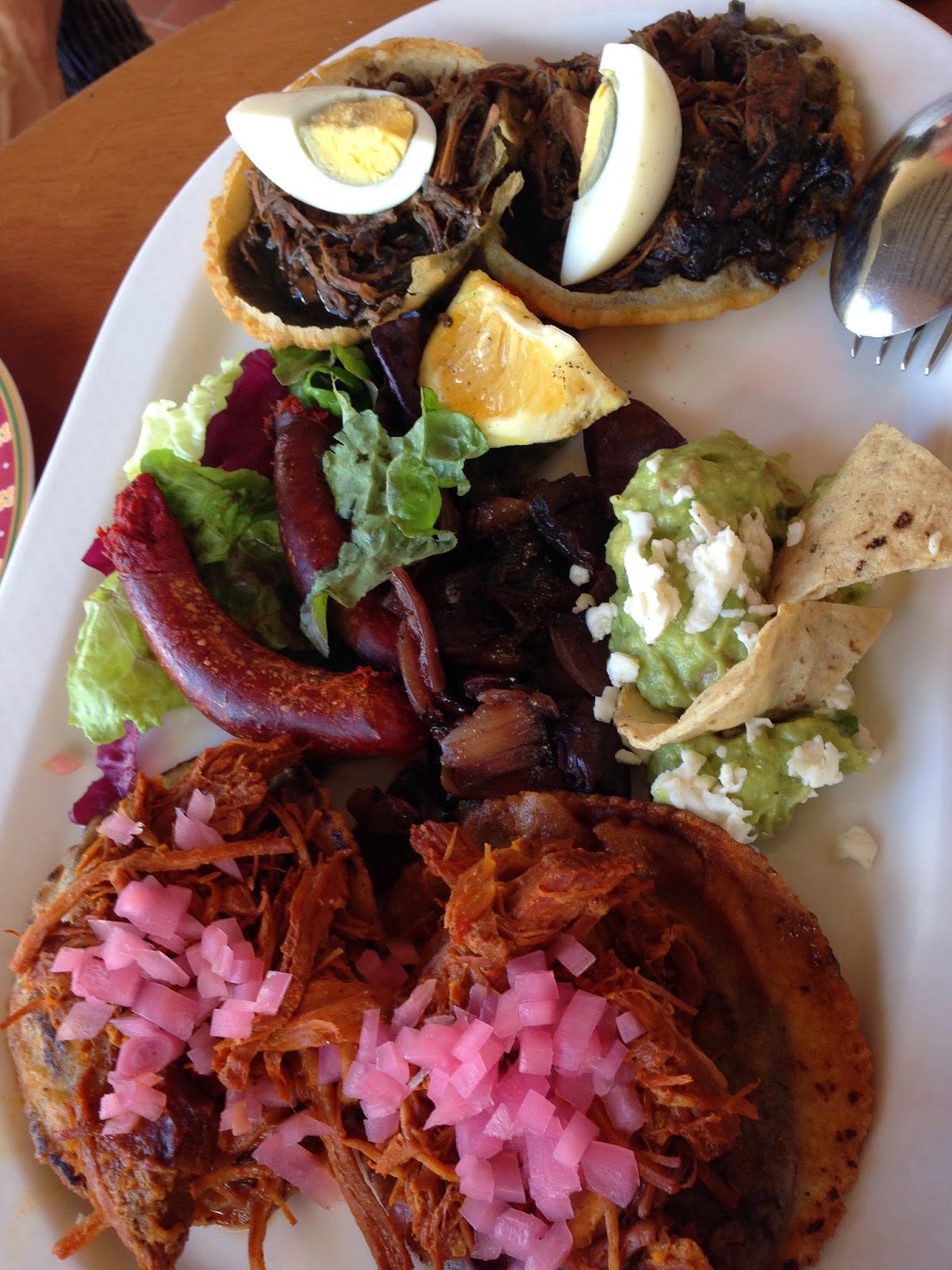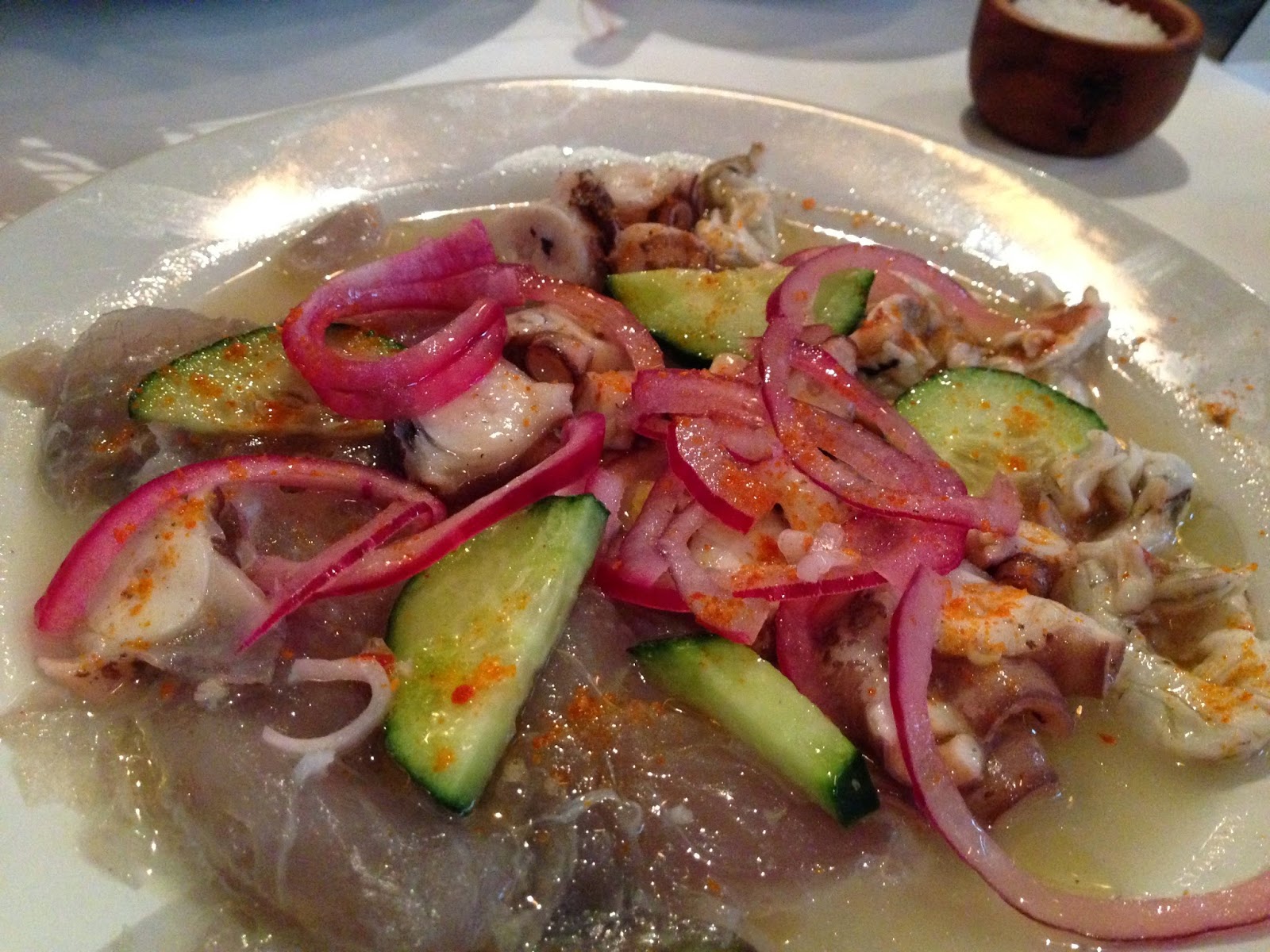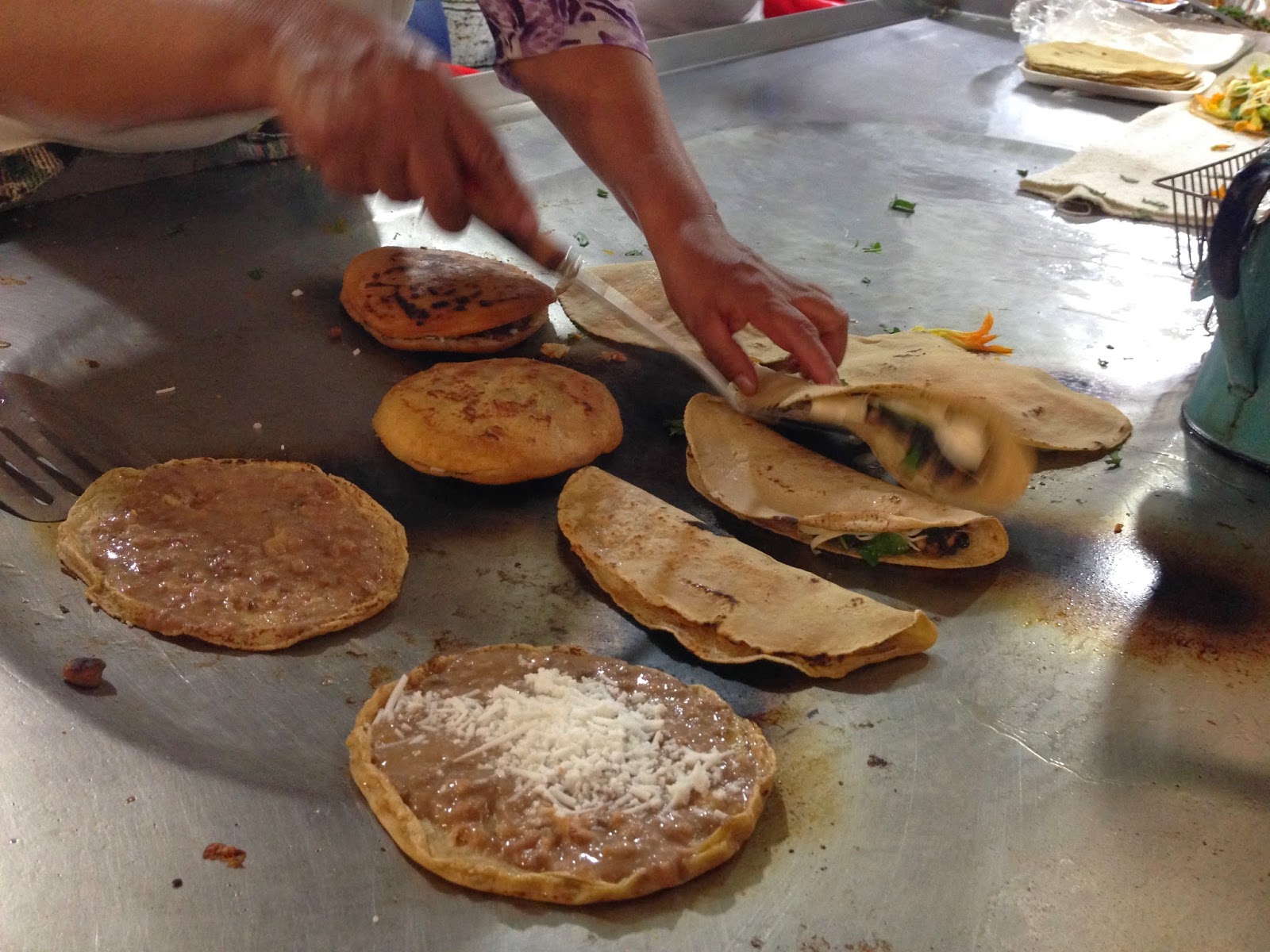EN LA ZONA DE MERIDA
IN THE AREA OF MERIDA
Después de “la fiebre” de la Ciudad de México, la península del Yucatán fue un gran cambio de ritmo, debido principalmente al hecho de que teníamos que hacer mínimo una hora en coche para llegar a cualquier lado! Una cosa que me sorprendió mucho fue que la raza maya, supuestamente extinta, sigue viva y active en la península; de hecho, una gran mayoría de las personas hablan maya entre ellos. Se pasa delante de pueblos llenos de casas mayas tradicionales hechos con techos de paja. Por supuesto, es cierto que la civilización avanzada ha desaparecido, se puede visitar a las ruinas de los templos abandonados de Uxmal, Tulum o ir más lejos y a ver las ruinas grandiosas de Chichen Itza.
After the rush in Mexico City it was quite a change of pace in the Yucatan, mainly due to the fact that if you want to go anywhere, count on driving for around an hour or more!
What surprised me even more is the fact that the supposedly extinct Mayan race is alive and kicking in the Yucatan. In fact most people speak Mayan among themselves. You pass the villages filled with the traditional Mayan houses with the dried grass roofs. Of course the advanced civilization has disappeared that is true, which you see by visiting the abandoned temples in Uxmal, Tulum or further away and the grandest being Chichen Itza.
De vuelta a nuestra Hacienda (granja, convertido en
hotel) las mujeres mayas que trabajaban en la cocina nos enseñaron a
perfeccionar nuestra técnica para elaborar tortillas, así como a hacer sopes.
El sope una cáscara de masa de maíz perfecta para rellenar con picadillo, es a
decir, carne deshebrada guisada con especias y chiles.
So back at the
Hacienda (farm, turned hotel) the Mayan ladies in the kitchen taught us to make
sopes as well as perfecting our technique in making tortillas. A sope is a corn
masa shell perfect for filling with picadillo, shredded meat stewed with spices
and chiles.
Muchos de sus platos son de color rojo o negro , debido a la pasta de recado
utilizado como base que obtiene ese color rojo del achiote. Dos señoras que se dedican a hacer recados artesanales vinieron a enseñarnos cómo hacerlos. El achiote se
remoja durante la noche y luego se mezcla con orégano mexicano, pimienta, ajo y
chiles . Luego se deja un par de horas para infundir antes de molerlo hasta que
quede una pasta espesa suave. Al recado negro se agrega chiles carbonizados a
la pasta para dar un sabor ahumado y color negro. Otra pasta que hacían era a
base de las semillas de calabaza, que daban un color más verdoso. Las pastas se
utilizan para marinar carnes, aves o pescado antes de asarlos o hornearlos, o simplemente
como base de guisos.
Many of their dishes are red or black, due to recado paste used as a base in cooking. The red recado gets its color from achiote (aka annatto seeds). Two ladies that make artisanal recados came to show us how its done. The achiote is soaked overnight and then mixed with Mexican oregano, allspice, garlic and chiles. Leaving it a few hours to infuse then you grind it till it becomes a smooth thick paste. The black recado adds carbonized chiles to the paste giving the smoky taste and black color. Another paste makes use of pumpkin seeds so it has a more greenish color. The pastes are used for marinating meat, poultry or fish before grilling, roasting or as a base in stews.
La Península de Yucatán es el hogar del más caliente de todos los chiles, el famoso habanero. Se puede encontrar fresco en el mercado de color verde, naranja o rojo (de menos a más en nivel de picor). También son disponibles las salsas embotelladas en los 3 colores y potencias.
The Yucatan is home to the hottest of all chiles, the famous habañero. You can find it fresh in the market from green, orange to red (less to more in heat level). Its also readily available bottled as a sauce, in the 3 different colors and punch power.
Many of their dishes are red or black, due to recado paste used as a base in cooking. The red recado gets its color from achiote (aka annatto seeds). Two ladies that make artisanal recados came to show us how its done. The achiote is soaked overnight and then mixed with Mexican oregano, allspice, garlic and chiles. Leaving it a few hours to infuse then you grind it till it becomes a smooth thick paste. The black recado adds carbonized chiles to the paste giving the smoky taste and black color. Another paste makes use of pumpkin seeds so it has a more greenish color. The pastes are used for marinating meat, poultry or fish before grilling, roasting or as a base in stews.
La Península de Yucatán es el hogar del más caliente de todos los chiles, el famoso habanero. Se puede encontrar fresco en el mercado de color verde, naranja o rojo (de menos a más en nivel de picor). También son disponibles las salsas embotelladas en los 3 colores y potencias.
The Yucatan is home to the hottest of all chiles, the famous habañero. You can find it fresh in the market from green, orange to red (less to more in heat level). Its also readily available bottled as a sauce, in the 3 different colors and punch power.
Otro día vino a la hacienda también, uno de los
expertos más reconocidos en cochinita pibil para enseñarnos como preparar la
auténtica cochinita pibil. Primero, hay que cavar un hoyo grande, lo bastante profundo
como para ser llenado de suficiente leña a quemar durante 24 horas y un recipiente de acero inoxidable
conteniendo un cerdo entero. Pero antes obviamente hay la matanza del cerdo, y el
animal entero sin desperdicia se marina en una pasta de recado rojo. Luego se
coloca en un recipiente de acero con tapa. Se deja marinar durante la noche y justo
antes de que su ponerlo en el hoyo con unas brasas bien calientes, se llena de
zumo de naranja agria y un poco de caldo y se cubre con unas hojas de plátano y
unas ramas de roble con hojas. Después, se vuelve a tapar y se coloca bien en
el hoyo. Luego, se tira por encima unas ramas más y se cubre el agujero primero
con una lámina de metal y después con tierra hasta que este completamente cubierto. Se deja cocinar en sus propios jugos un mínimo 12 horas. Cuando este listo, se sirve con tortillas recién hechas y un escabeche de cebolla roja.
One of the most renowned experts in cochinita pibil came to our hacienda one day to show us how the authentic cochinita pibil is prepared. Firstly one has to dig a big pit, deep enough to be filled with enough wood that will last over 24 hours burning and to be able to fit the vessel with the whole pig in it. Before that of course a whole pig is butchered and all, and I mean all, nothing goes to waste, is marinated in the red recado paste. It’s packed into a steel vessel that has a lid. Its marinated over night and then right before its placed into the pit with the coals nice and hot, you fill it with sour orange juice and some stock and cover it with banana leaves and oak tree branches with leaves. You set the lid back on and lower into the pit. You throw in more branches and then cover the hole with a sheet of metal and then cover with earth till completely covered. Then you just let it cook on its own, minimum 12 hours. Once ready you serve it with freshly made tortillas and a red onion escabeche, similar to a relish.



















































